Please tell us about your practice.
An elegant and efficient built environment is a product of collaboration between creativity and engineering. This multidisciplinary expertise enables CPKA to stand out and produce memorable architecture. Today we are recognised as one of the top 100 architectural firms in the world which bears testimony as much of our meaningful body of work as to our work ethic and philosophy developed over the last 50 years.
What inspired you to become an architect?
My father has always been an inspirational figure to me for his commitment to design. At a time when terms like “sustainability” and “environment-friendly architecture” were yet to be coined, he emphasised the need for an architecture that responded to the site and climate. For example, the entire Jawaharlal Nehru University (JNU) campus was built on undulating, rugged terrain, and the design reflected this in its planning and choice of materials. His book “Tropical Architecture” is
Dikshu studied at universities like Harvard and MIT. A visionary and a man ahead of his time, his contribution to architecture is truly motivating.
What are the key factors to consider while designing and installing fenestration?
The essence of every design is its functionality supported by goals and possibilities. One of the most important factors to be considered while designing fenestration is the contextual climate considerations which are responsible for planning optimal heat gain, sound privacy, zero water ingress, light, etc. In conjunction with this, the solutions for the fenestration design need to keep up with the architectural vocabulary and the theme of the project. This in turn is associated with the scale of openings. The window as a module can accentuate the building design horizontally and vertically. In addition to this, windows have to be designed for fire safety and seismic tolerances.
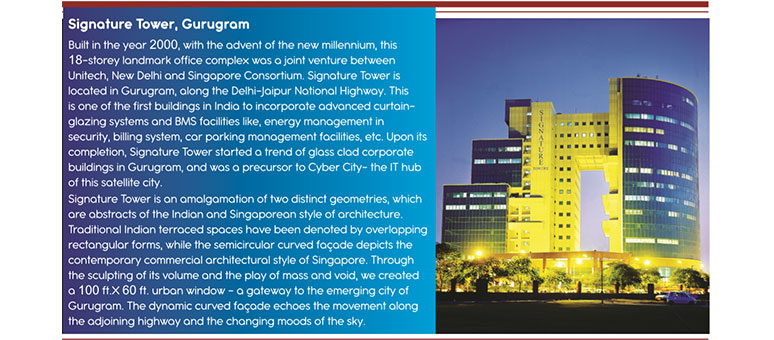
Please brief on the technical benefits of a well-managed façade and how it helps the building to be energy-efficient at the same time provide a better interior environment.
Building façades form undoubtedly one of the greatest features of building design and construction. They are not only responsible for the overall technical functioning of the building but also for its aesthetic appeal. With a well-managed building façade, one is free to design a building with integrated interior and exterior or may decide to split them up and keep them unaware of the actual climatic conditions of the environment. They may be diversified as passive design ideas like stone, jaali, cladding, and openings or may act as active designs for façades like curtain glazing and glass as solar panels.
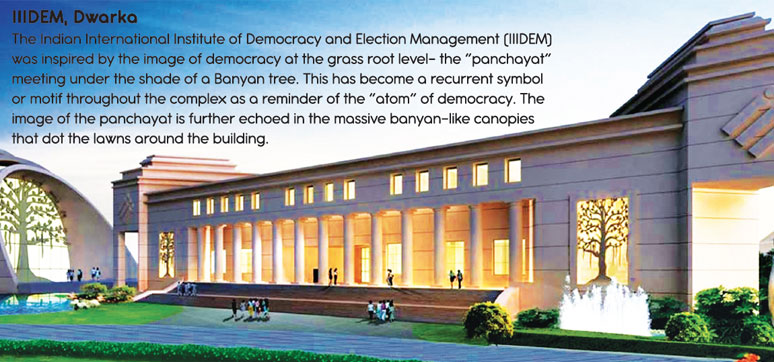
What are your views on future façades and fenestration technologies and materials?
In emerging technologies, future façades and fenestration will be focussed on sustainability and also on the aesthetics of the building. With the rising demands in the market for zero energy buildings, transparent building façades, climate responsive façades, energy conscious façade and sustainable building skin, it would be exciting to encounter what is devised for the time ahead. The future façades will be adaptive and responsive. As designers, we need façades that can change in response to light, temperature, humidity, noise and maybe even pollution. Our projects use materials ranging from MS pergolas and structural glazing to RCC turrets, ACP and GRC.
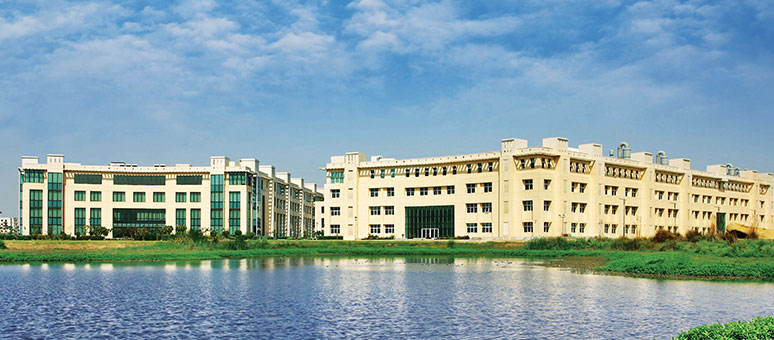
According to you, what is an intelligent façade?
A façade that integrates adaptable technology and is able to be modified for the ease of living in the building irrespective of the external environmental conditions or location could be termed an intelligent façade. These façades show a dynamic behaviour and regulate energy flow according to the local climatic context, thus, maintaining the inside comfort requirement.
What about sustainability and environmental considerations when choosing the façade/ cladding material?
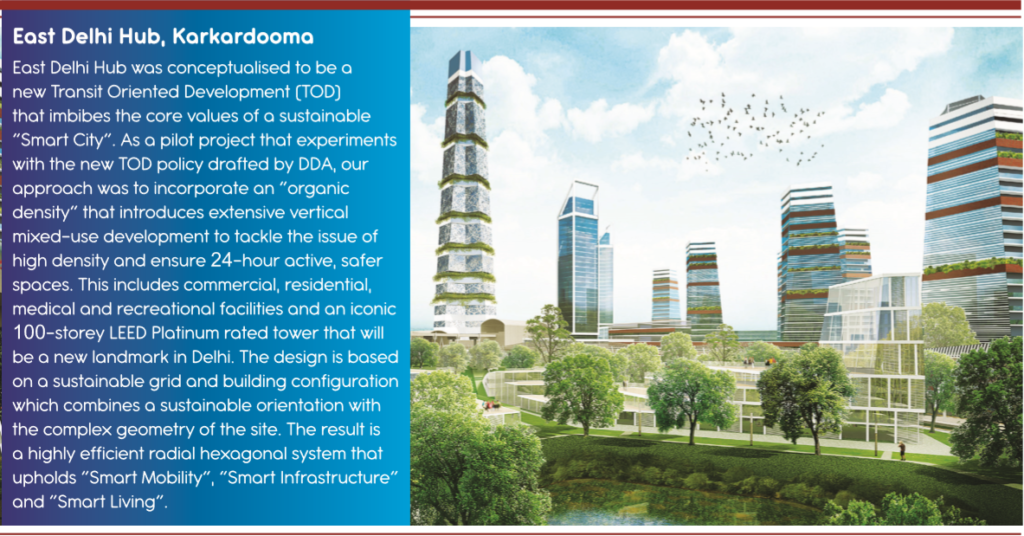
The concept of sustainability dates back to the first window, till the date when retractable skins were used in building components. Glass, shading and insulation systems act as “passive” systems to control climatic deviations in a building. The aim of building façade/cladding material is to meet the demands of ventilation, shading and energy conservation. All “passive” as well as “active” aspects affect the building envelope and its interaction with users and environmental demands.
There are many cladding materials available in the market. How do you choose the apt one for your project? What are the criteria?
At CPKA, every project is taken as one of its kind and holds a fresh challenge for us. The prime property of any cladding material we choose is its ability to support its own weight. Beyond complementing the external appeal of the building, it should enhance the overall thermal and acoustic properties of that building. Other considerations include climatic settings, comfort conditions to be achieved and maintenance over time. Modern trends bring to light a range of structural practices and lightweight building materials for the façade and cladding industry. The “building skin” in this day and age, is beyond just glass and composite panels. The possibilities are manifold and the benefits may be modified as per the client’s need.
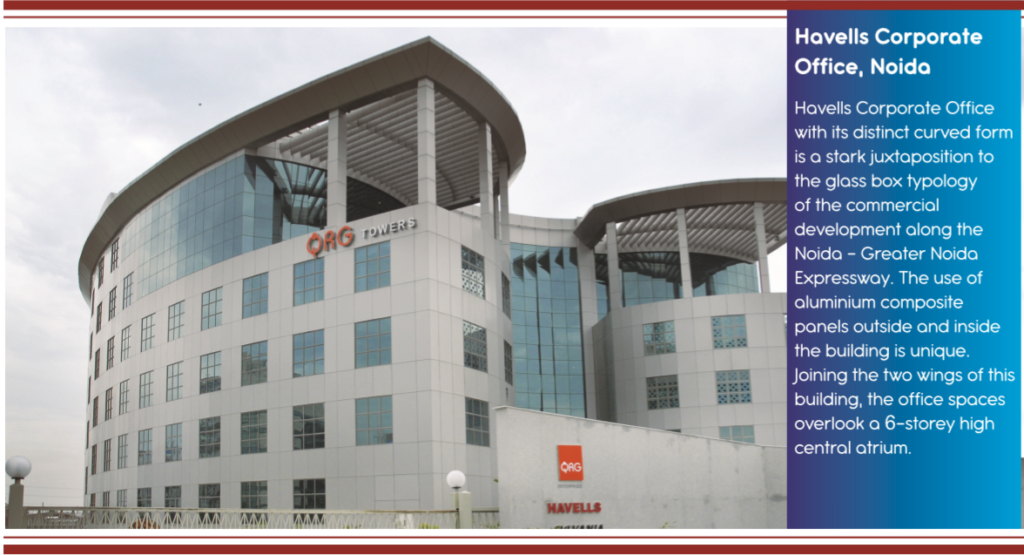
What is your advice to young, aspiring architects?
The human mind is a palace of thoughts with endless possibilities. Make the world see through your eyes.














